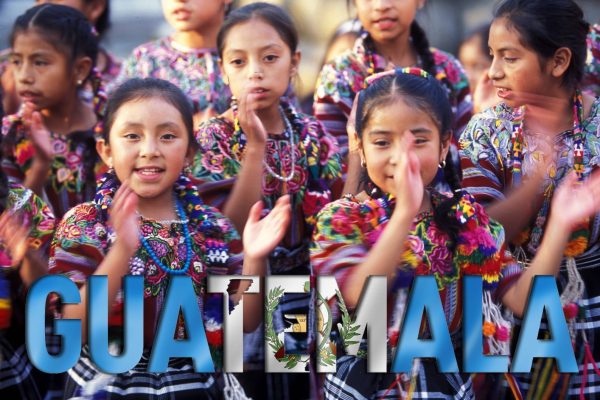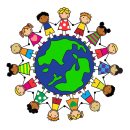From Guatemala with Pride: Embracing Our Students’ Heritage
Building strong relationships in schools begins with understanding and appreciating the diverse backgrounds of our students. One country many students proudly call home is Guatemala—a nation rich in history, color, tradition, and resilience.
Listen to our Deep Dive Podcast: Guatemala
A Land of Diversity
Located in Central America, Guatemala is known for its vibrant culture that blends Maya heritage with Spanish influence. With over 20 indigenous languages still spoken today, Guatemala is a place where cultural identity is deeply connected to language, clothing, food, and community. You may notice students wearing woven bracelets or colorful patterns—often rooted in traditional Maya textiles that reflect a person’s region, family, or community status.
Food as Connection
Guatemalan cuisine is flavorful, hearty, and deeply meaningful. Dishes like tamales, pepian (a rich meat stew), black beans, plantains, and corn tortillas are staples. Food often represents more than just nourishment—it is a symbol of love, tradition, and celebration. Including Guatemalan dishes in class events or cultural learning activities can create opportunities for connection and understanding.
Celebrations That Matter
Several deeply meaningful celebrations are cherished in Guatemalan culture:
-
Día de los Santos (All Saints’ Day) – Observed on November 1st, this day is spent honoring departed loved ones with flowers, food, and family gatherings at cemeteries.
-
Semana Santa (Holy Week) – Known for its elaborate religious processions and beautiful street carpets made from colored sawdust.
-
Quinceañeras – A festive 15th birthday celebration marking a young girl’s transition into adulthood, celebrated with family, music, food, and joy.
Recognizing and honoring these traditions helps students feel seen, valued, and respected—and gives others a window into the rich cultural contributions of their peers.
A Story of Resilience
Many Guatemalan families in our community come from rural areas where opportunities may be limited. Their journey to a new country is often marked by sacrifice, strength, and hope for a better future. Understanding their stories helps foster empathy and shows students that their backgrounds and dreams are recognized and appreciated.
What Can You Do?
-
Ask questions with curiosity and kindness. Students are often eager to share about their heritage when they feel safe and respected.
-
Display maps, flags, or books about Guatemala and other Central American countries.
-
Incorporate Spanish or indigenous language words into your classroom. A simple “¡Hola!” or learning a greeting in Q’eqchi’ or K’iche’ can make a big impact.
-
Invite families to participate in school events by sharing their stories, traditions, or art.
Learning about Guatemala isn’t just about geography—it’s about embracing identity, celebrating diversity, and creating classrooms where every student feels they truly belong.


